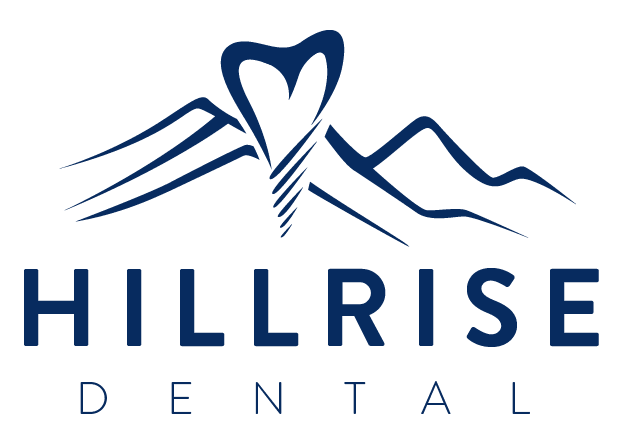Historical Context of Hydroxychloroquine Use in Medicine
From its origins as a treatment for malaria, hydroxychloroquine has traversed a long journey in the medical field. Developed as a derivative of chloroquine, it was initially praised for its efficacy against Plasmodium parasites. The journey from a critical malarial drug to its broader applications, such as in autoimmune disorders like lupus and rheumatoid arthritis, represents its evolution in medical use. Despite its utility, hydroxychloroquine was not without challenges, often requiring careful Sig for patients due to potential side effects.
| Year | Development |
|---|---|
| 1940s | Derived from chloroquine for malaria treatment |
| 1960s | Extended use in rheumatoid arthritis and lupus |
As medical scientists explored this compound medication, regulatory frameworks globally began to adapt. Hydroxychloroquine's ability to modulate immune responses opened doors to treating autoimmune diseases, shifting its status within pharmacopeia. This historic script has remained essential, exemplifying how a drug can evolve with emerging scientific insights and changing health challenges.
Initial Global Response during the Covid-19 Pandemic

As the pandemic unfolded, hydroxychloroquine seized center stage as a potential treatment, initiating a wave of urgent 'Stat' responses from global health bodies. Governments fast-tracked large-scale 'Comp' trials, influenced by widespread media coverage and influential endorsements. The drug's initial 'elixir' reputation sparked frenzied demand across pharmacies - resembling a 'Pharmageddon.' Despite scant evidence, prescriptions soared, leading to 'Sticker Shock' as supply chains strained under pressure. This immediate rush highlighted differing national approaches, foreshadowing a tumultuous path ahead for global health decision-making.
Controversies and Debates Surrounding Its Efficacy
The world faced a whirlwind of debate when hydroxychloroquine emerged as a potential contender in the fight against COVID-19. As early claims hinted at its effectiveness, the script seemingly wrote itself: hope, controversy, and rigorous inquiry. Some proponents pushed for its immediate use across Pharm Land, viewing it as a miracle elixir in the pandemic's chaos. Yet, skepticism grew within the scientific community, questioning if this was merely chasing rainbow pills without substantial merit. As more studies unfolded, the comp of evidence raised pressing questions about the validity of initial claims. This divided experts globally, each side wielding data like a pharmacist conducting a DUR, scrutinizing every detail. Understanding hydroxychloroquine's true impact became a saga requiring patience, due diligence, and an open mind.
Impact on Regulatory and Advisory Health Policies

The tale of hydroxychloroquine's journey into regulatory scrutiny is as gripping as any thriller. Initially embraced with urgency, the drug's prominence was akin to the physician’s Script filling Pharmageddon of hope during a crisis. Yet, as the globe entered a prolonged phase of debate, regulatory bodies faced immense pressure. The Count and Pour of data led to a staggering realization of the complexities involved, pushing advisory policies into uncharted territories. Health authorities leaned into a comprehensive DUR, spearheading critical policy shifts amidst skepticism and pharmacy drives.
Changes in Global Health Guidelines and Protocols
Amid the COVID-19 pandemic, hydroxychloroquine captured the attention of global health authorities. Its initial hype prompted an urgent reconsideration of foundational health protocols. As new data emerged, a global med rec was conducted, challenging existing guidelines that were previously unshakable. The response wasn’t all immediate breakthroughs; instead, it involved a meticulous count and pour of new evidence into the existing frameworks. This recalibration didn't occur overnight but demanded a systematic approach akin to triage in Pharm Land.
| Policy | Guideline Changes |
|---|---|
| WHO | Revised treatment recommendations |
| FDA | Issued Emergency Use revocation |
Regulatory bodies worldwide took on the challenging role of categorizing hydroxychloroquine within the scope of new scientific insights. This reassessment led to policy adjustments as precise as pill splitting, altering the landscape of global health policies. Consequently, the direction of pharmaceutical research shifted, affecting comp choices in subsequent clinical trials. As countries shared their findings, it became evident that these new revelations would serve as a blueprint for future pandemic scenarios, ensuring a balanced comp between caution and innovation.
Long-term Implications for Future Pharmaceutical Policies
As hydroxychloroquine became a cornerstone in global debates, its saga has pushed regulatory bodies to reassess their risk assessments and fast-track approvals. The days of pharmacies becoming overwhelmed during a 'Pharmageddon' might be averted with enhanced drug approval processes. Incorporating comprehensive 'Cold Chain' logistics will ensure medications remain viable, impacting the way vaccines and sensitive drugs are handled. Additionally, as seen with hydroxychloroquine, the demand for transparency and robust evidence has been emphasized, reshaping how future drug efficacy studies are conducted globally.

